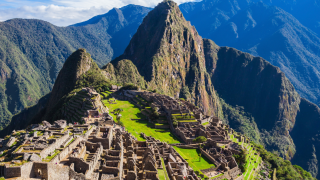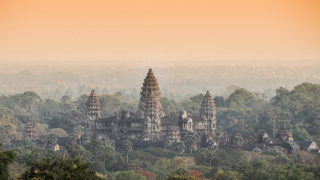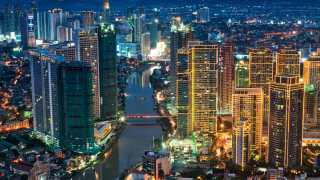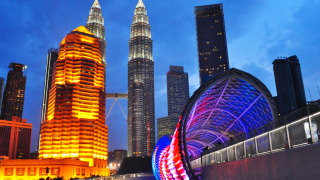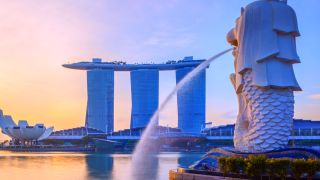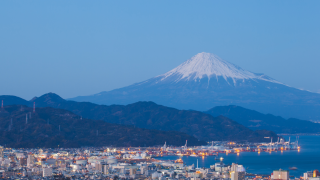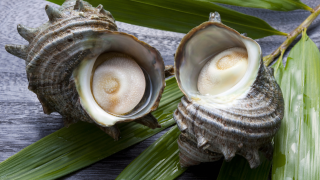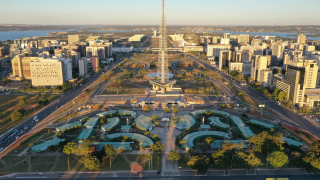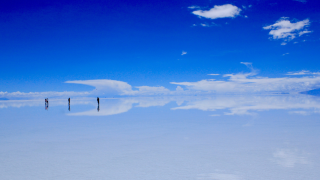 TOPIC
TOPIC Japanese Impressions of Salar de Uyuni: Experiencing the Mirror of the Sky in Both the Rainy and Dry Seasons
Salar de Uyuni draws travelers from around the world, but for Japanese visitors, it holds a uniquely profound meaning. The Japanese way of quietly appreciating nature and finding value in impermanence and wabi-sabi creates an experience that feels very different from that of other travelers.

